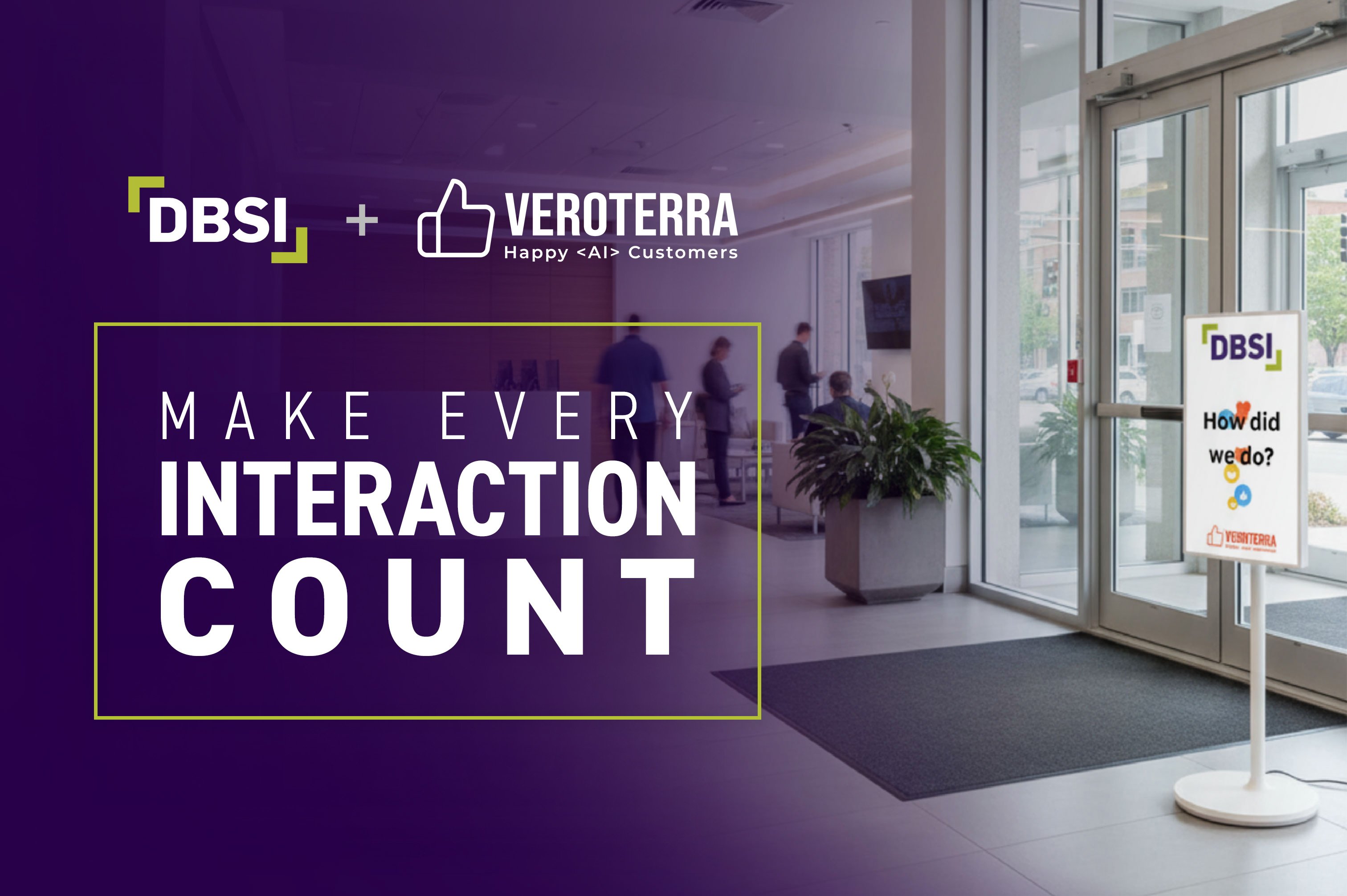5 min read
Mental Health Matters: 5 Tips for Preventing Burnout in Banking
 Erin Mondt
:
May 10, 2023
Erin Mondt
:
May 10, 2023
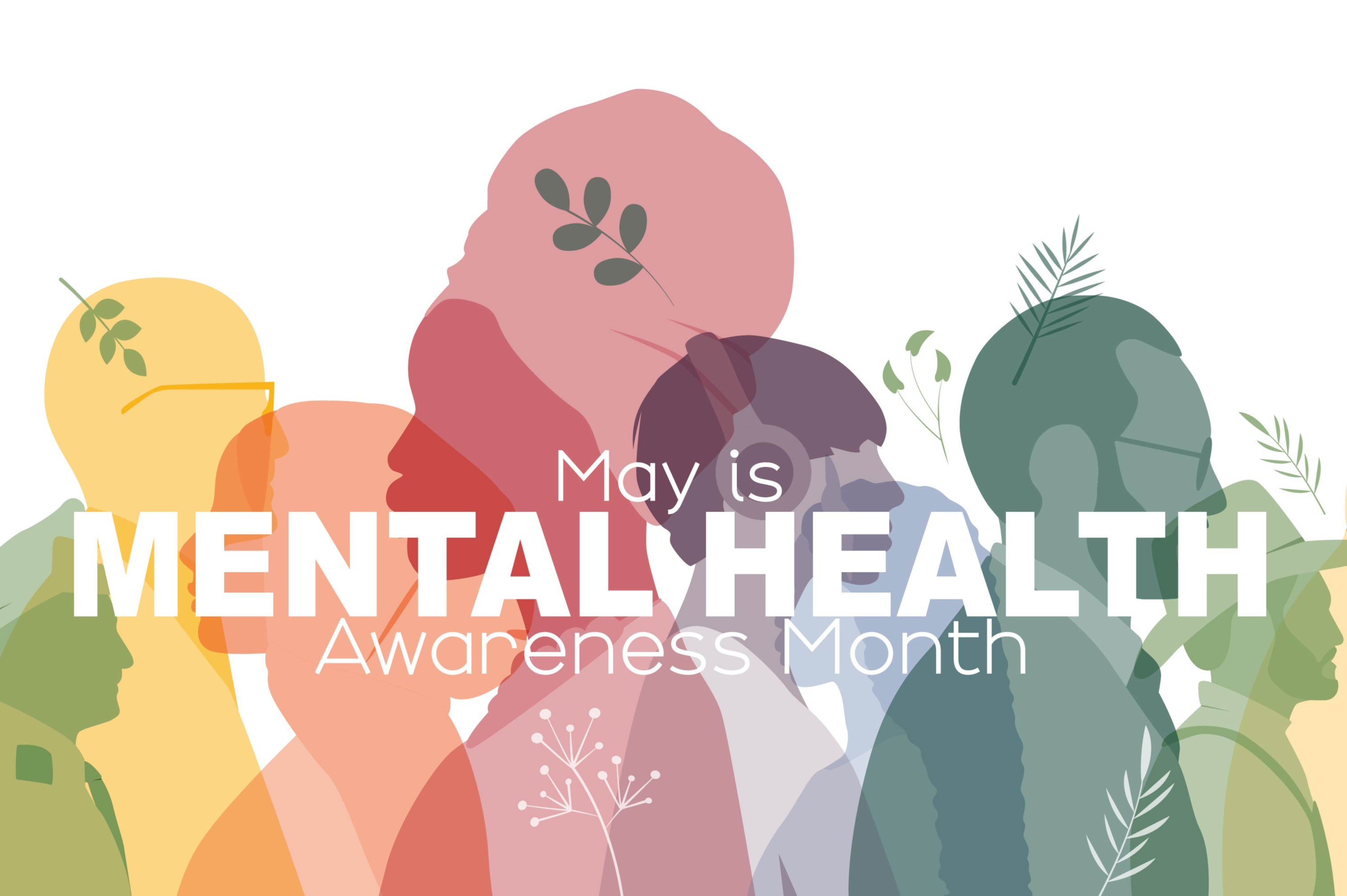
With workers in banking and financial services experiencing increased anxiety and depression, it’s time to raise awareness and promote supportive banking practices.
May is National Mental Health Awareness Month, a public health effort initiated by Congress in 1949 that aims to raise awareness of individual mental health and decrease the stigma that it can’t be talked about or addressed. With over 43% of U.S. desk workers saying they’ve experienced burnout recently, now is the perfect time for financial institution leaders and managers to evaluate corporate mental health initiatives and check in on their staff, colleagues, and networks.
A Few Words About Burnout…
Burnout is an occupational phenomenon according to the World Health Organization, and it has three dimensions: feelings of energy depletion or exhaustion; increased mental distance from one’s job, or feelings of negativism or cynicism related to one’s job; and reduced professional efficacy. At your workplace, it’s reasonable to suspect burnout if someone seems to have a hard time concentrating, lacks a sense of purpose, and exhibits poor performance. You might also notice them talking about quitting their jobs or calling in sick.
If you know someone in crisis, please ask them to contact their healthcare provider, dial 988 to reach the National Suicide and Crisis Lifeline, or call 1-800-662-HELP for the U.S. Substance Abuse and Mental Health Service Administration’s National Helpline.
Handling Burnout Before It’s a Mental Health Crisis
At DBSI, we work with bank and credit union officials, staff members, and their clients every single day. They are the heart of our business and the reason we strive to design, build, and maintain physical spaces that ease and streamline workload, feel aesthetically pleasing, and encourage positive growth.
With this in mind, please read through the following tips on how to help employees avoid burnout and then learn a little more about implementing the Universal Associate Model across your branch network. This intuitive work model helps increase employee confidence plus improve soft skills and transactional capabilities among employees–ultimately leading to better operational, performance, and risk management practices.
Promote Work-Life Balance
You may not realize it, but a surprising percentage of your employees are likely caring for a family member at home or close to home. Whether they are parenting, helping elderly parents, or assisting a sick or disabled family member, around 73% of people in the workforce are performing caregiving duties in some capacity. At an organizational level, you can support a healthy work-life balance by making space for family, self-care, and exercise.
Here’s an idea: Allow flexible workday arrangements and offer staggered stop and start times throughout the work week. This gives employees the opportunity to manage appointments, drop off or pick up a family member from a care facility, or gain windows of time to manage their own health.
Encourage the Use of Paid Time Off (PTO)
All too often, employees get absorbed in projects or spend time working extra due to staffing issues and then put off making PTO requests for themselves. As a result, they miss out on important vacation and personal time. What’s really eye-opening is that almost half of U.S. workers don’t use all of their annual PTO, citing they’re concerned about falling behind, don’t need any time off, or worry about their co-workers taking on the extra load when they’re gone.
To address this problem, try the following: Check up on employee PTO and see how much time your workers are using, making note of hours expired, hours ready to expire, and hours unused. Then, be proactive in encouraging employees to use vacation time and assure them that requesting time off will not negatively affect their job status or performance.
Monitor Employee Workload and Schedules
According to a recent study by the digital accountancy platform LemonEdge, 31% of financial service and banking professionals wish to leave their jobs. In an industry known for overworked investment officers, lenders, and frontline staff, it’s not surprising that the top reasons people wish to leave their jobs include heavy workload, long hours, and tight deadlines.
From a management perspective, these facts serve as good reminders that executives and supervisors must ensure their employees aren’t overscheduled or burdened with unreasonable workloads. Good project management tools are helpful for distributing workload, and regular personal check-ins with employees will encourage communication and build trust.
Take note: If you’re seeing high turnover in a department, examining workload and schedules is probably the first thing you should do to determine if burnout is the cause. After that, review job descriptions of the positions in question, the salaries, and the management hierarchy. Any combination of these could be the reason employees are unhappy and are choosing to leave.
Offer an Employee Assistance Program (EAP) and Wellness Initiatives
Some of the best ways to show employees you’re invested in their personal health and wellness is to offer employee assistance-based programs. From traditional EAPs to corporate wellness programs and fitness memberships, providing access to health management resources and self-care options gives employees outlets for their stress and the tools to process it in a healthy, productive manner.
If your financial institution doesn’t offer or promote employee programs, it’s worth noting that their impact can be significant. A 2019 study from Aflac found that 70% of employees in wellness programs reported higher job satisfaction than those not enrolled in any programs. Additionally, a Bank of America study found that 84% of employers said offering financial wellness tools has helped increase employee retention.
Here’s a thought: Take time this month to review your current EAP and wellness offerings and note how they’re communicated to employees. If program delivery needs to improve, discuss options with your human resources and communications team and then begin working on a strategic plan to get the word out. Information can easily be shared via email campaigns, digital signage, employee meetings, and more.
Create New Career Options (i.e., the Universal Associate Model)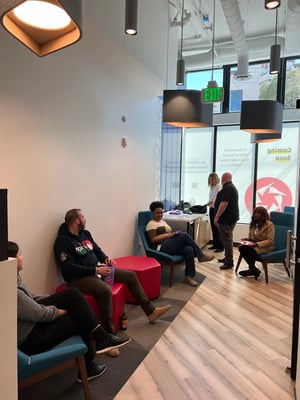
Today, banking is using Artificial Intelligence (AI) more and more as a way to provide better customer service, improve transaction security, and enhance back-office functions. This change has financial executives thinking about how technology can create new job opportunities such as the Universal Associate.
If you haven’t heard of a Universal Associate, the job combines the work of a teller, customer service representative, and personal banker into a hybrid role focused on advisory-based banking. It typically pays better than a teller or customer service position, and it offers employees a more fulfilling work experience. In the end, the Universal Associate Model is a win-win for the entire branch staff, as it delivers a more personal branch experience and incorporates technology to serve clients better.
Now try this: Review your current staffing and then download DBSI’s guide on the Universal Associate Model. You will learn how Universal Associates improve your bottom line, what the branch experience looks like, how the model has worked for your peers, and what type of training is needed.
Ariel Bowser, a Member Advocate at San Francisco Fire CU, speaks on her experience during the Universal Associate Model training that DBSI offers:
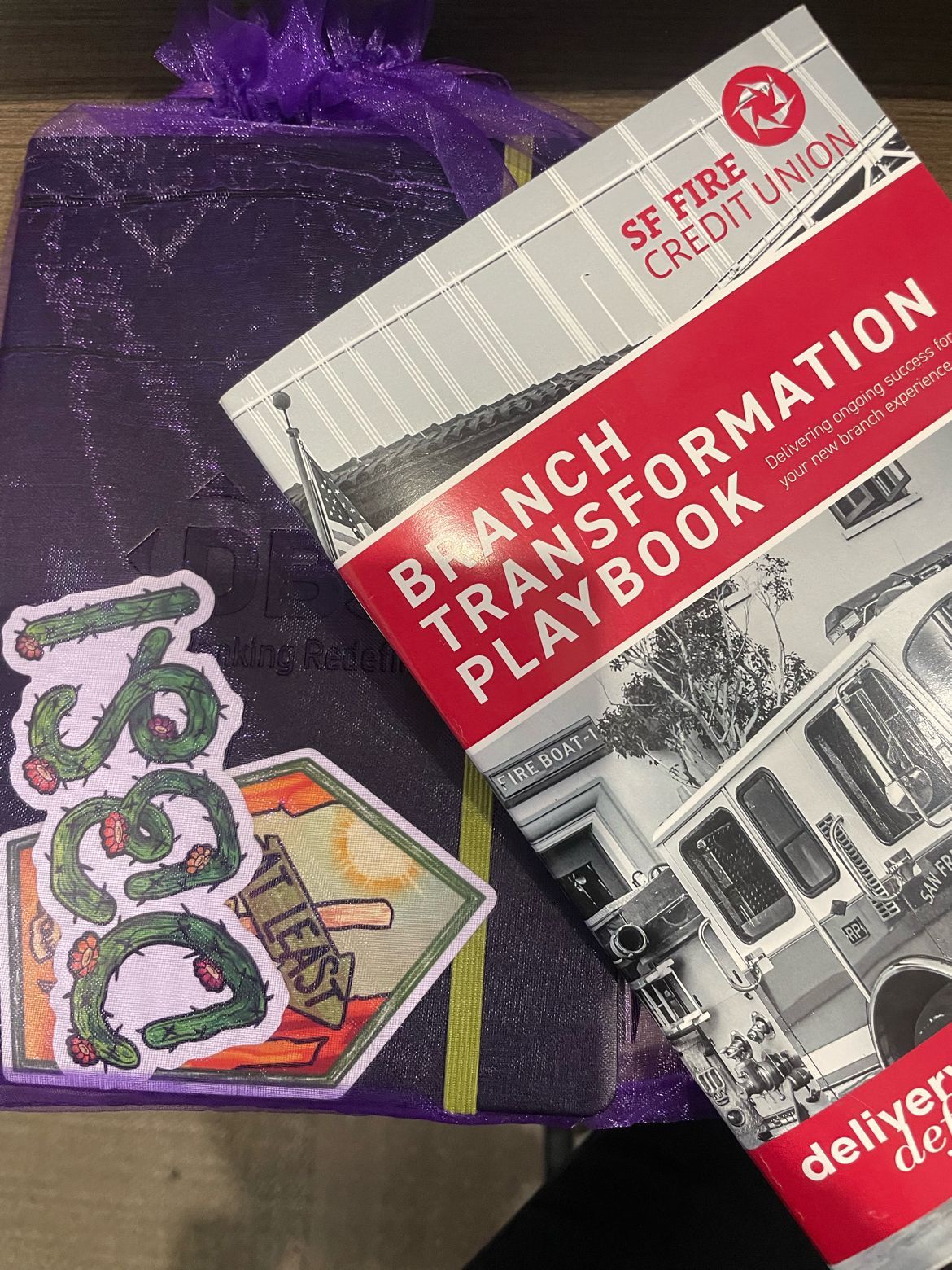 “I was nervous at first moving into this new role. I didn't know if I would be as prepared. I didn't know if this new way of banking would suffice. However, with the DBSI training experience, it helped to lead a very meaningful experience with my colleagues. It helped me understand my true role as not only as an advocate but also as a person. The experience is much more than the technological advancement. We are Pillars for a new wave of innovation. The kind that bridges technology and lasting relationships in our community.”
“I was nervous at first moving into this new role. I didn't know if I would be as prepared. I didn't know if this new way of banking would suffice. However, with the DBSI training experience, it helped to lead a very meaningful experience with my colleagues. It helped me understand my true role as not only as an advocate but also as a person. The experience is much more than the technological advancement. We are Pillars for a new wave of innovation. The kind that bridges technology and lasting relationships in our community.”
The impact of implementing the Universal Associates Model into the branch was undoubtedly great. The training is designed to create more advisory level service, which in turn makes employee roles more comprehensive and fulfilling.
Building a Better Branch Network
We hope you can use the tips in this article and apply them to your branch network operations. While there’s no one-size-fits-all solution for preventing employee burnout, there are many options you can offer employees to help them improve their lives both at work and at home.
*Disclaimer: This content refers to burnout at work in a broad sense and is not a substitute for medical advice. Please seek help from a qualified medical professional if you or someone you know has a health concern that needs addressing.

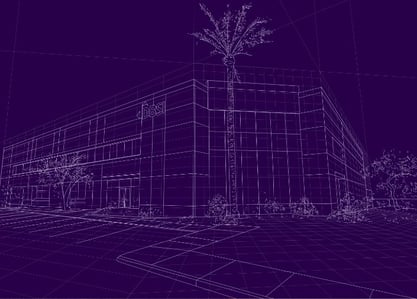












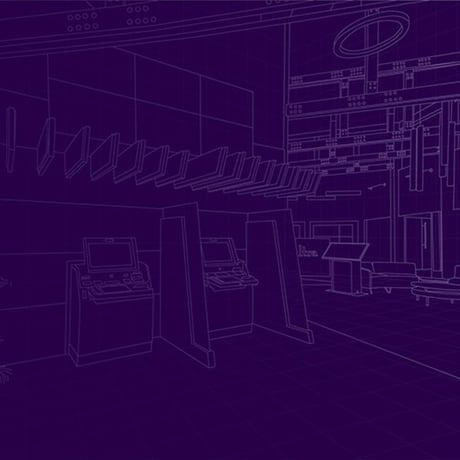


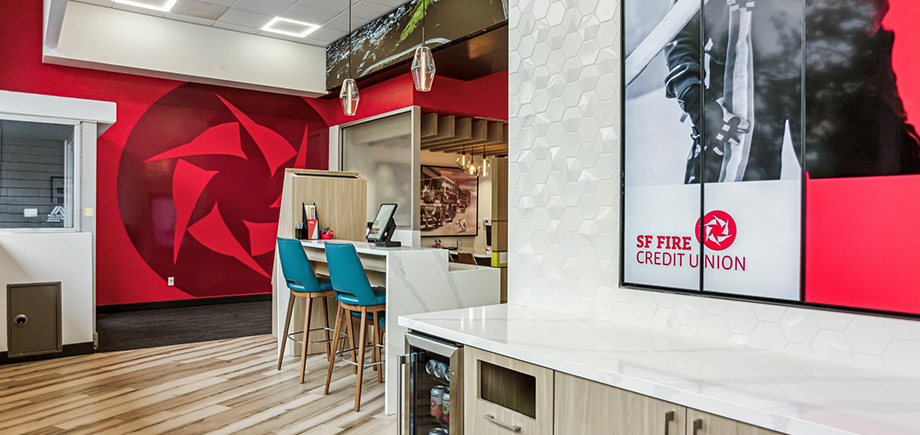
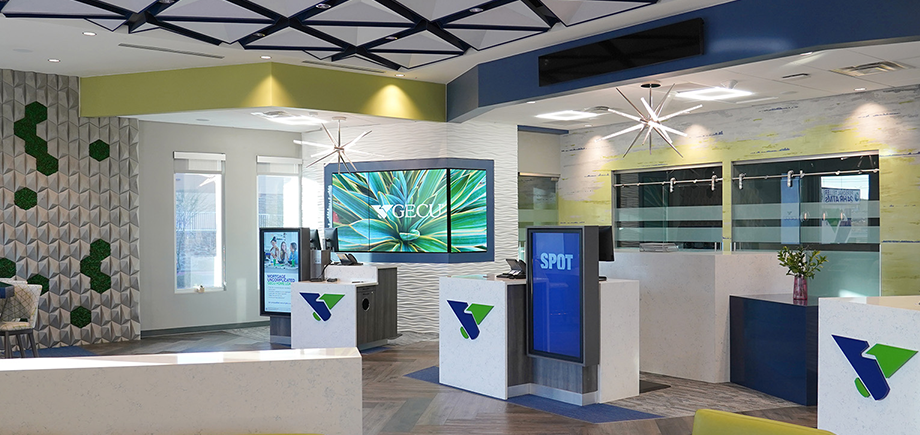





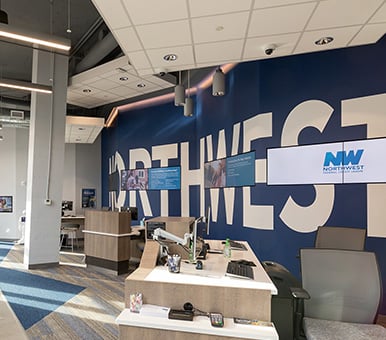

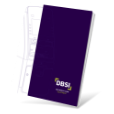






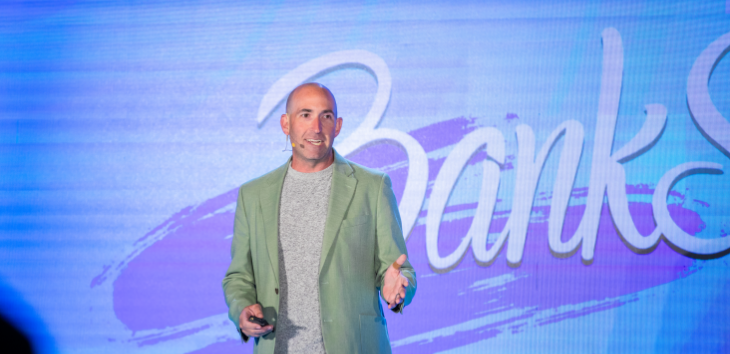



-1.png)
-4.png)
